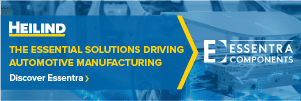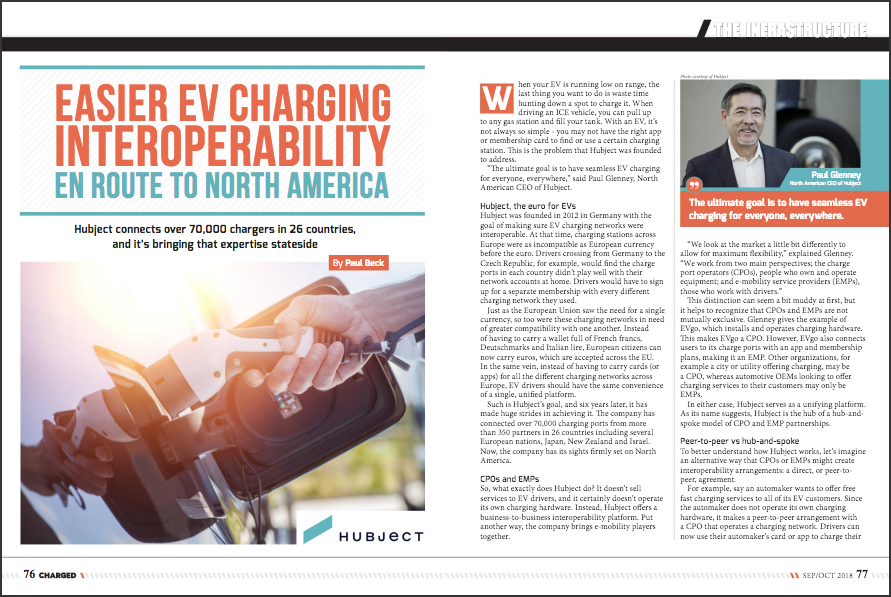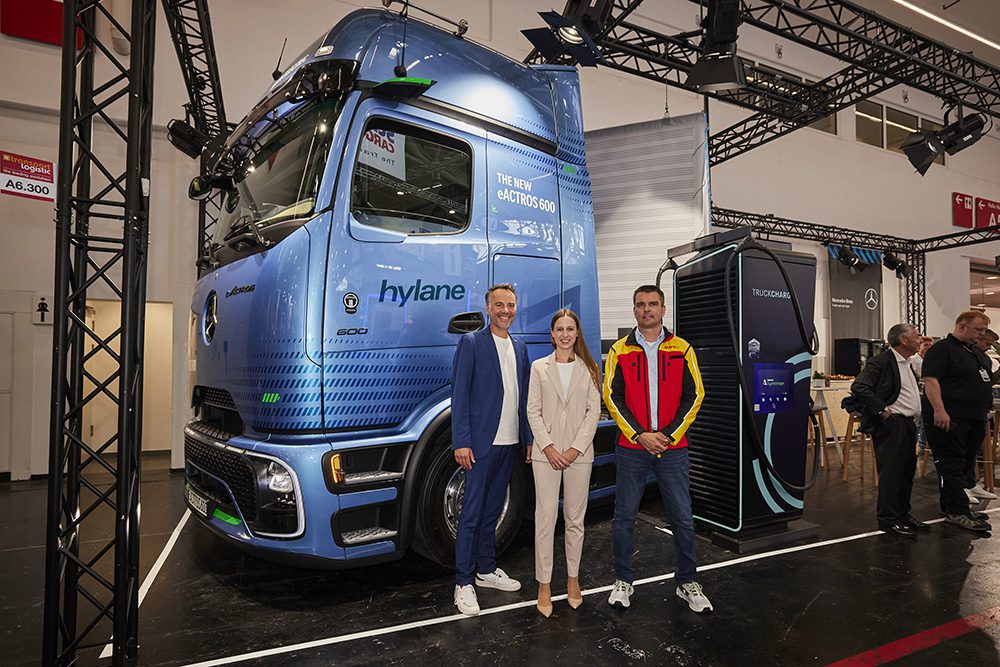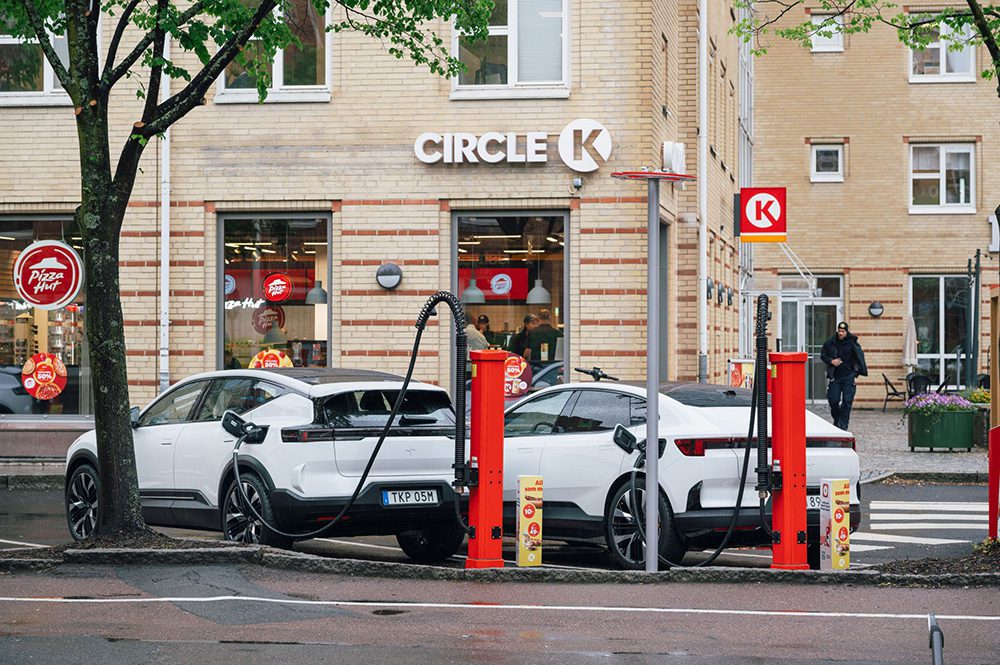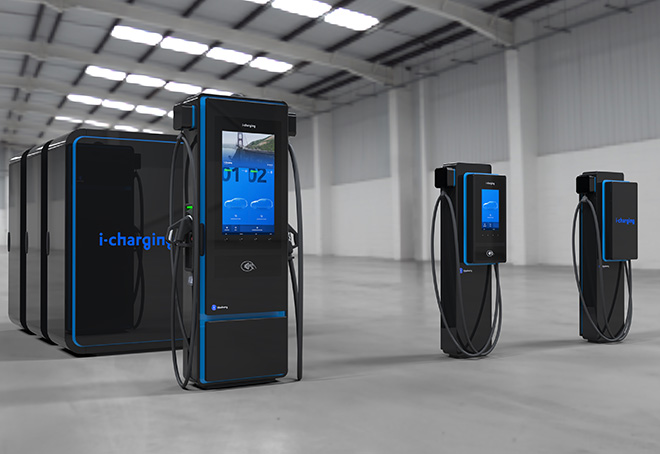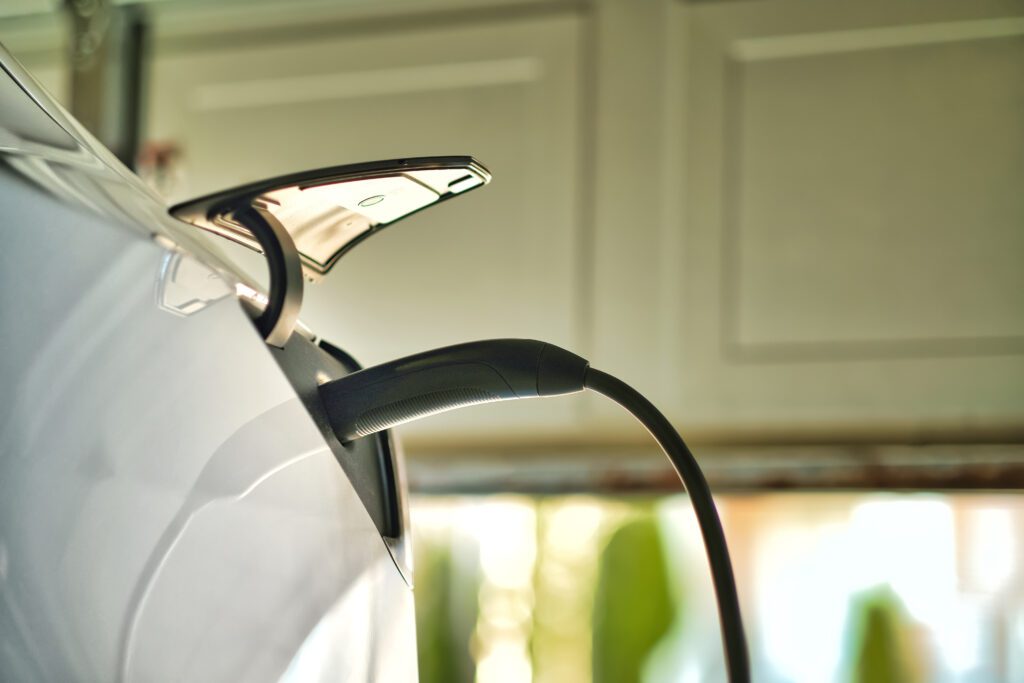Easier EV charging interoperability en route to North America
When your EV is running low on range, the last thing you want to do is waste time hunting down a spot to charge it. When driving an ICE vehicle, you can pull up to any gas station and fill your tank. With an EV, it’s not always so simple – you may not have the right app or membership card to find or use a certain charging station. This is the problem that Hubject was founded to address.
“The ultimate goal is to have seamless EV charging for everyone, everywhere,” said Paul Glenney, North American CEO of Hubject.
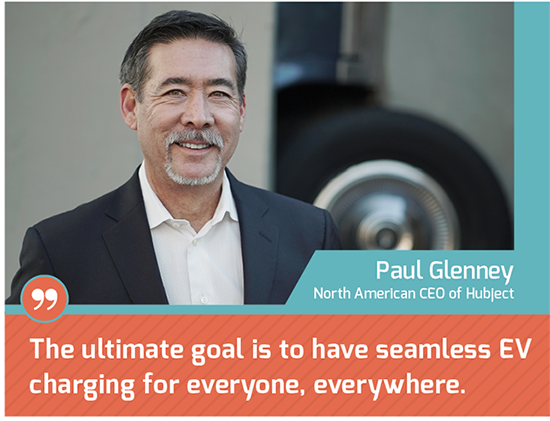
Hubject, the euro for EVs
Hubject was founded in 2012 in Germany with the goal of making sure EV charging networks were interoperable. At that time, charging stations across Europe were as incompatible as European currency before the euro. Drivers crossing from Germany to the Czech Republic, for example, would find the charge ports in each country didn’t play well with their network accounts at home. Drivers would have to sign up for a separate membership with every different charging network they used.
Just as the European Union saw the need for a single currency, so too were these charging networks in need of greater compatibility with one another. Instead of having to carry a wallet full of French francs, Deutschmarks and Italian lire, European citizens can now carry euros, which are accepted across the EU. In the same vein, instead of having to carry cards (or apps) for all the different charging networks across Europe, EV drivers should have the same convenience of a single, unified platform.
Such is Hubject’s goal, and six years later, it has made huge strides in achieving it. The company has connected over 70,000 charging ports from more than 350 partners in 26 countries including several European nations, Japan, New Zealand and Israel. Now, the company has its sights firmly set on North America.
CPOs and EMPs
So, what exactly does Hubject do? It doesn’t sell services to EV drivers, and it certainly doesn’t operate its own charging hardware. Instead, Hubject offers a business-to-business interoperability platform. Put another way, the company brings e-mobility players together.
“We look at the market a little bit differently to allow for maximum flexibility,” explained Glenney. “We work from two main perspectives; the charge port operators (CPOs), people who own and operate equipment; and e-mobility service providers (EMPs), those who work with drivers.”
This distinction can seem a bit muddy at first, but it helps to recognize that CPOs and EMPs are not mutually exclusive. Glenney gives the example of EVgo, which installs and operates charging hardware. This makes EVgo a CPO. However, EVgo also connects users to its charge ports with an app and membership plans, making it an EMP. Other organizations, for example a city or utility offering charging, may be a CPO, whereas automotive OEMs looking to offer charging services to their customers may only be EMPs.
In either case, Hubject serves as a unifying platform. As its name suggests, Hubject is the hub of a hub-and-spoke model of CPO and EMP partnerships.

Peer-to-peer vs hub-and-spoke
To better understand how Hubject works, let’s imagine an alternative way that CPOs or EMPs might create interoperability arrangements: a direct, or peer-to-peer, agreement.
For example, say an automaker wants to offer free fast charging services to all of its EV customers. Since the automaker does not operate its own charging hardware, it makes a peer-to-peer arrangement with a CPO that operates a charging network. Drivers can now use their automaker’s card or app to charge their vehicles at that CPO’s stations. Now let’s say the automaker would like its drivers to also have access to another CPO’s chargers. For that to happen today, the automaker would need to make an entirely new peer-to-peer contract with the second CPO and then work with it to connect to a new API with back-and-forth communication so that drivers can find stations, activate them and receive data. Clearly, offering a program that’s valuable to drivers with multiple CPOs is a complex proposition, with negotiations and contracts as well as constant API maintenance.
In contrast, the hub-and-spoke model involves a single entity (the hub) through which all parties are connected. Instead of the automaker making contracts with the CPOs individually, it makes a single contract with Hubject. Now, all companies are connected via one contract and one API, greatly reducing complexity and costs.

“What we do is offer one standard contract to all of our partners, and with that one contract, they’re able to conduct business with other partners,” said Glenney. “Our business framework allows them to do business very easily with a single contract and a single IT interface, and we think this is unique, because it enables companies to work together without going through a lot of negotiations and a lot of IT integration.”
When interoperability between different charging stations is much easier to achieve, CPOs and EMPs will be that much more likely to work together. The upshot for EV drivers is that it becomes pain-free to find and use whatever charging station they come across, without worrying about who owns it.
Coming to America
Of course, the big caveat here is that in order for interoperability to be achieved, CPOs and EMPs actually have to sign on with Hubject. The more partners are on board, the more attractive it is to join, so the trickiest bit is simply getting the ball rolling. While Hubject has proven that it can do this in Europe and other parts of the world, it’s starting with a clean sheet in North America.
“I would say most of them (CPOs and EMPs) are still hopeful that they will be working under peer-to-peer, bilateral agreements,” said Glenney. “There were similar peer-to-peer aspirations in Europe and elsewhere, however, the complexity and need for constant maintenance has led to our growing list of partners.”
According to Hubject, its entry into the North American market couldn’t be more timely. With the rapid emergence of CPOs and EMPs such as KerbSpace, PowerFlex, AddÉnergie FLO and MOEV, along with the increase in EV services provided by utilities like the New York Power Authority and San Diego Gas & Electric, not to mention the entry of new service providers like BP, Enel and E.ON, the American charging market is becoming more fragmented than ever. Without a solution like Hubject, interoperability between all these different players would require a complex web of bilateral agreements, not to mention disappointed drivers and worst of all, delayed EV adoption.
“We look at ourselves as a neutral third-party platform, so what we really try to do is to democratize the market so that the small players can participate alongside the large players,” said Glenney. “We like to work with all of them and let them use our business framework to determine what deals they can make, without always setting up yet another API or contractual framework.”
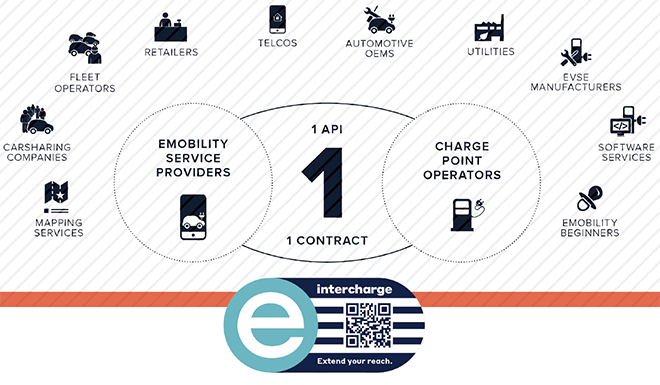
Intercharge
As far as EV drivers are concerned, Hubject is a platform running entirely in the background. After all, the drivers don’t need to know the details of how interoperability is implemented; they just want interoperability. There is, however, one mark of Hubject’s involvement that faces EV drivers: a sticker on charging equipment that reads “intercharge.”
“The brand that we use in Europe is actually intercharge,” explained Glenney. “That is the consumer brand. You’ll see little intercharge stickers on equipment. We expect that we will also launch that brand here in the US, as it’s very helpful for customers. The nice part about this is that intercharge is launched in Japan, New Zealand, Israel, and across Europe, so it would make it very easy for an EV driver from the US or Canada to travel to Europe and be able to use their mobile app or RFID card or whatever method of access they’re using.”
Even if Hubject launches the intercharge brand in North America, it may not take the form of stickers on charging equipment. “The way it works in Europe is that the intercharge stickers are on equipment of all the different CPOs across all the different countries,” Glenney said. “We are still investigating how we would do the implementation. When you look at ChargePoint, which may have close to 30,000 publicly available charging ports, that’s a lot of stickers to be putting out there.”
At any rate, don’t expect a flashy brand presence from Hubject. End users will simply use whatever app or RFID card they’re already using to access all chargers on the Hubject platform. Hubject even offers its partners a white-label app that can be customized with their own branding, complete with a navigation system that shows the real-time status of available chargers near the driver.
“Hubject, again, is a B2B software platform. So, except for the intercharge logo, we really don’t have a brand presence,” Glenney said.
Building the North American network
With its 70,000 chargers in 26 countries, Hubject has come a long way in addressing the issue of e-mobility interoperability. As the company continues to pave the way for its entry into North America, EV drivers have a lot to look forward to.
“Today, we’re working with both sides of the equation,” Glenney said. “We’re working with automotive OEMs, utilities and technology companies to see if we can help them out with solutions to become e-mobility service providers. We’re also working with the different CPOs to see if they would also like to be service providers as well as charge port operators on our network.”
In the meantime, Hubject offers its expertise as an e-mobility consultant. Apart from its experience connecting CPOs and EMPs, the company is helping lead the development of the ISO 15118 vehicle-to-grid communication standard.
“We have also been working on ISO 15118, the highly anticipated plug-and-charge specification and standard, expected to be integrated in new car models as early as next year,” said Glenney. “Hubject has already built the necessary IT structure and has completed a live demonstration of the system with Diamler. We are busy conducting workshops with different organizations and companies to help them become ISO compliant and ensure they’re ready for the cars.”
This article originally appeared in Charged Issue 39 – September/October 2018 – Subscribe now.





